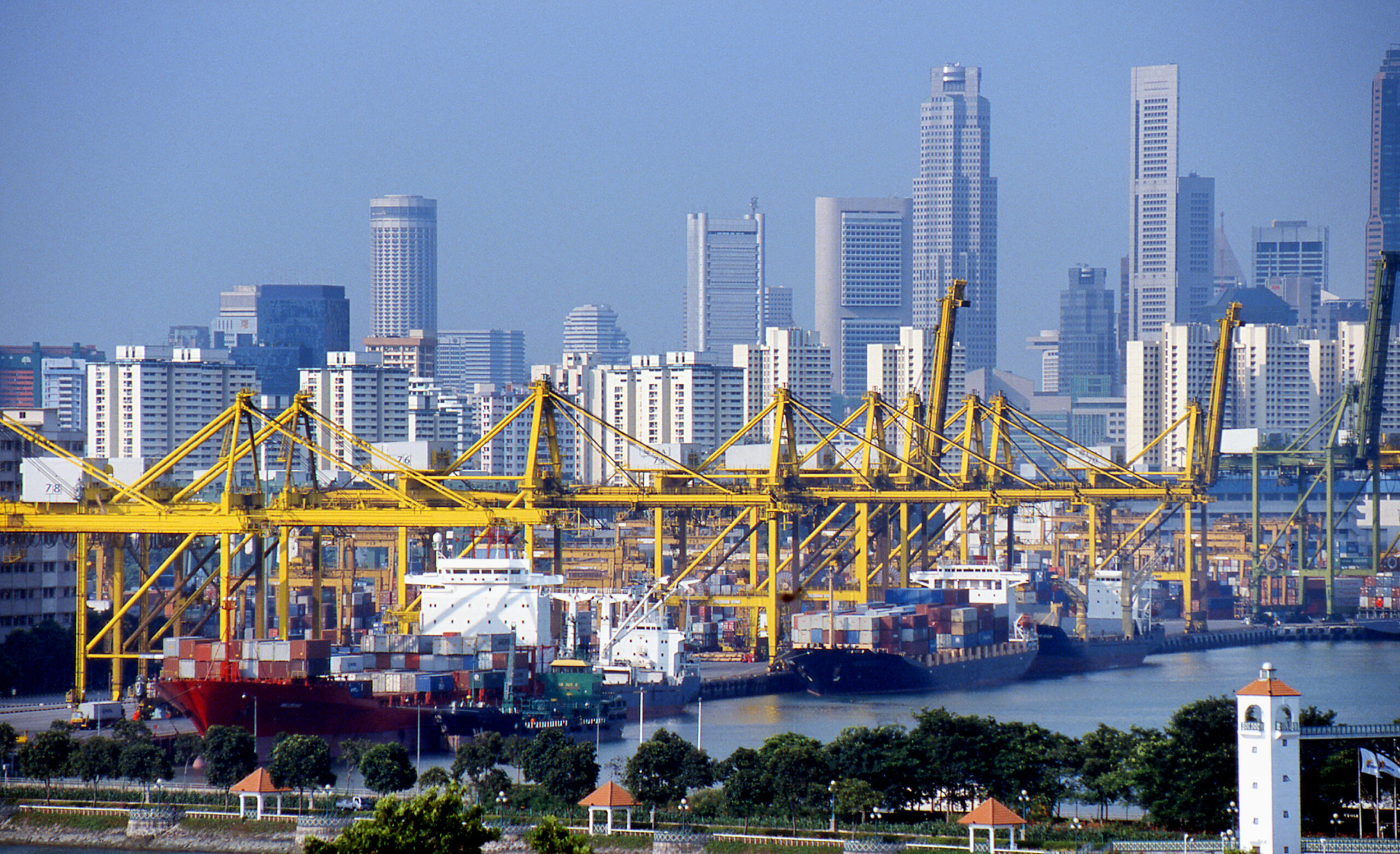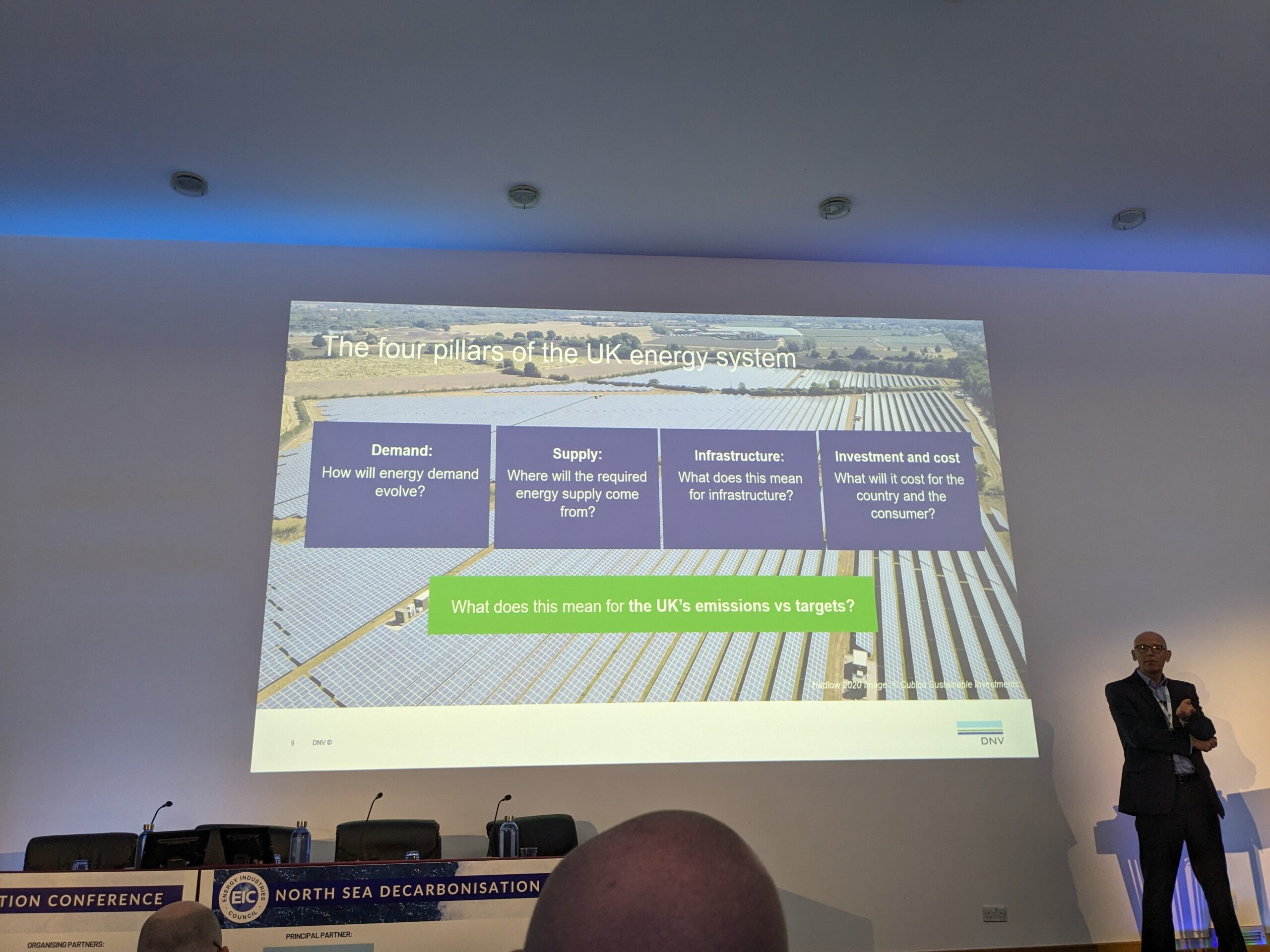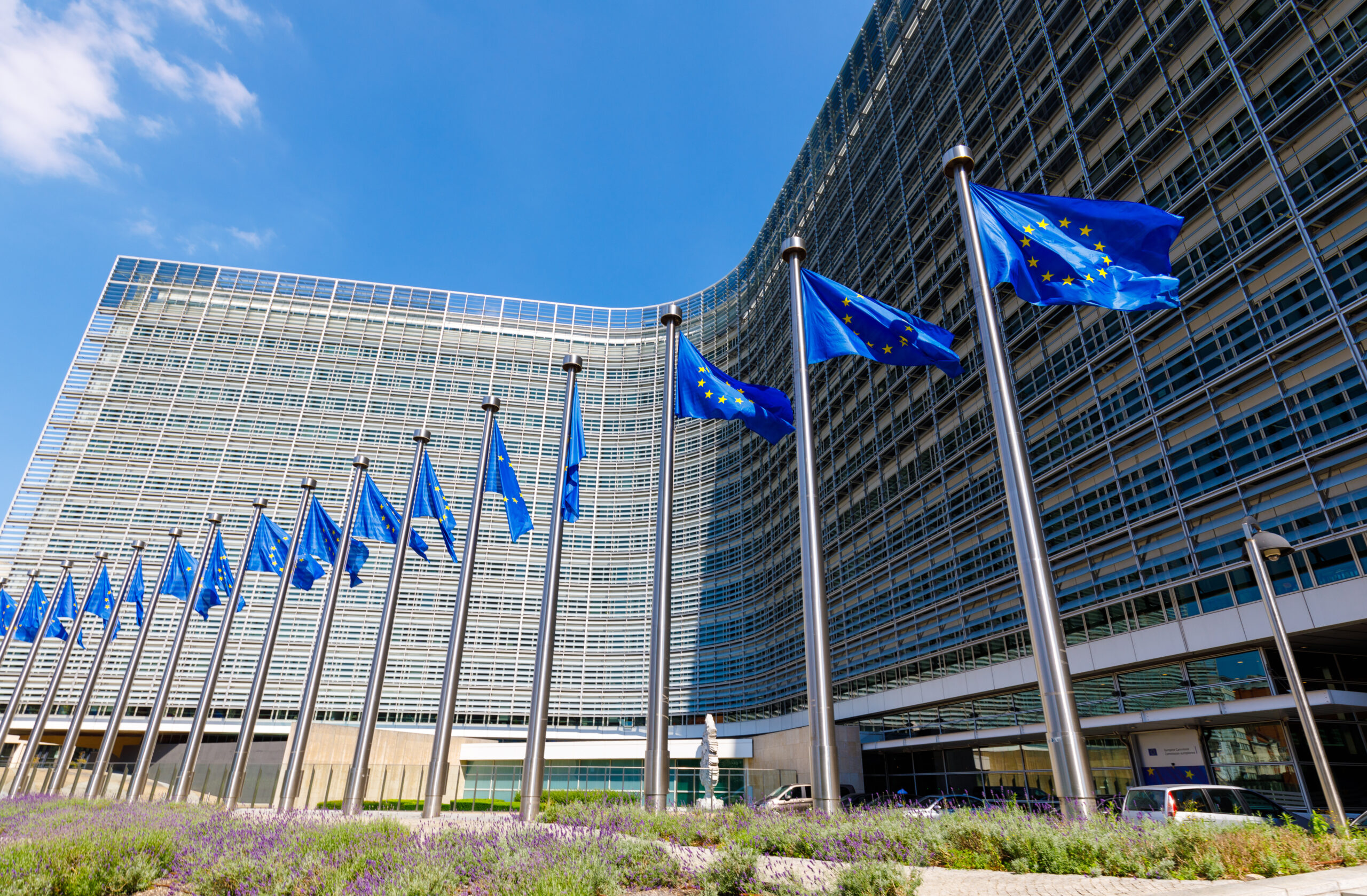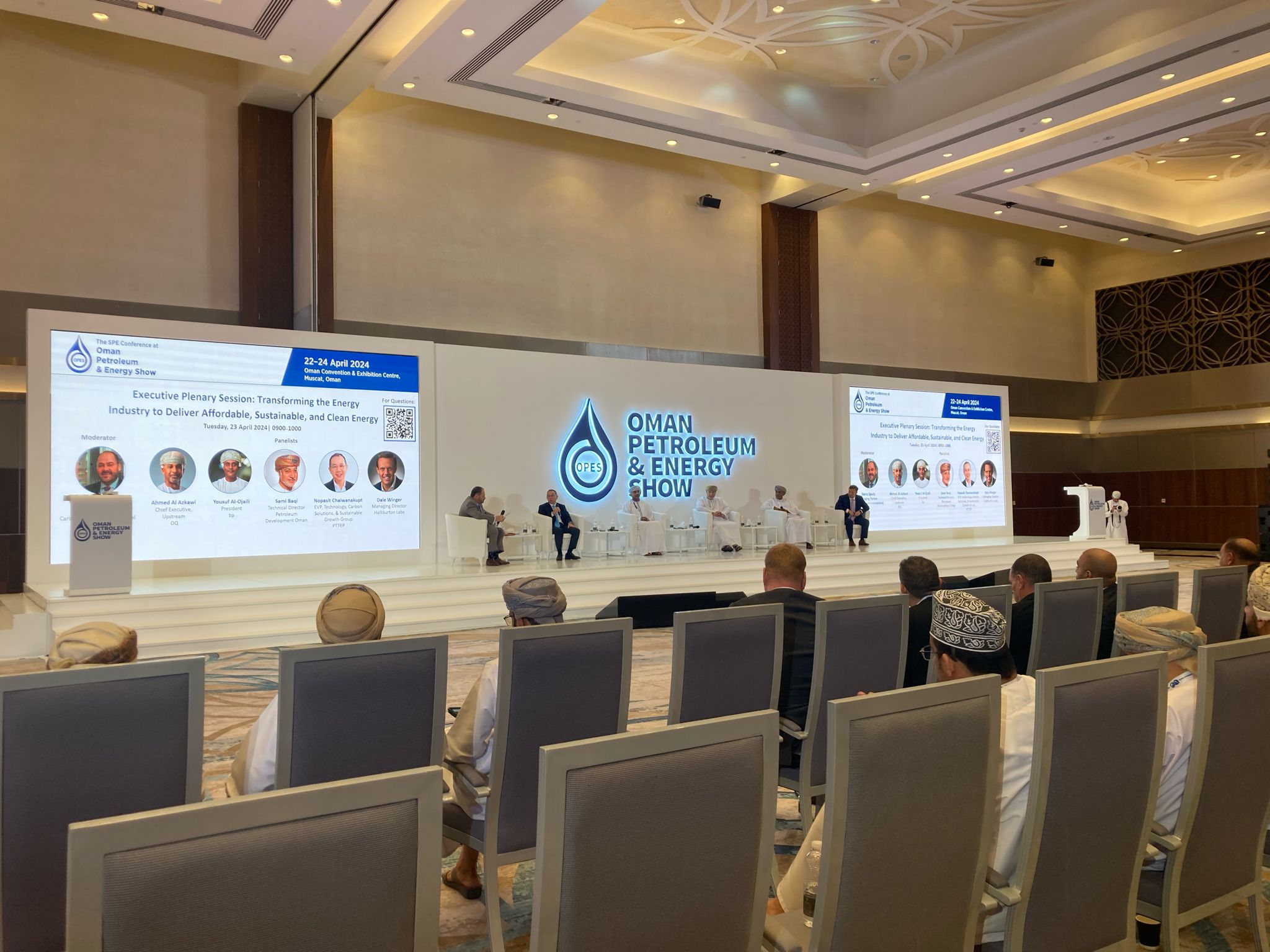Singapore hydrogen plans accused of greenwashing
Hydrogen development plans are making headway in Singapore and the new fuel has been called “low carbon” but Singapore’s hydrogen strategy is still opaque and it’s unclear to what extent it might contribute to decarbonization.

Singapore is going long on its plan to diversify away from gas-fired power generation. Much of that plan centers on hydrogen development, particularly hydrogen imports from neighbouring countries. However, Singapore’s hydrogen strategy is opaque, with important questions unanswered.
The island nation’s most recent hydrogen move came in late October when City Energy said it would conduct a feasibility study with Gentari on a proposed pipeline to export hydrogen from Malaysia to Singapore. The pipeline could be operational by 2027. Gentari is the renewables unit of Malaysian state-run oil and gas giant Petronas.
Perry Ong, City Energy’s Chief Executive, described the fuel as “low carbon hydrogen” without clarifying whether that meant green or blue hydrogen.
The City Energy disclosure came just a month after Singapore’s Energy Market Authority (EMA) said that it was granting conditional approval to five projects to import a total of 2GW of low-carbon electricity from Indonesia into Singapore. Imports would account for about 15 percent of Singapore’s annual power needs, and would constitute its largest cross-border electricity contract to date, a report in The Straits Times said.
Combined with a similar deal to grant conditional approval to import 1GW of electricity annually from Cambodia, Singapore is three-quarters of the way to reaching its import target of up to 4GW of electricity a year by 2035, the report added. Tan See Leng, the Second Minister for Singapore’s Ministry of Industry and Trade (MIT), said that the granting of these approvals was a “watershed moment for Singapore’s green energy ambitions.”
Gas-reliant energy mix
Gas makes up around 95 percent of Singapore’s power generation mix, followed by renewables at only 2.9 percent, according to the EMA. Coal makes up 1.2 percent and petroleum products such as diesel and fuel oil round off its energy mix at 1 percent.
Unlike several of its fellow Association of Southeast Asian Nations (ASEAN) members, particularly Vietnam and the Philippines, that boast vast coastlines ripe for offshore wind and substantial land mass needed for solar development, Singapore’s topography gets in the way.
Singapore’s Ministry of Sustainability and the Environment placed the blame on what it called Singapore’s “small size, urban density, low wind speeds, relatively flat land, and lack of geothermal resources.”
These “present serious difficulties in pursuing alternative energy options such as nuclear, hydro-electric, wind, or geothermal power,” it added.
As such, hydrogen development, including building an international hydrogen value chain along with imports, seems a straightforward way to address these shortcomings.
Singapore released its National Hydrogen Strategy late last year. The MIT said that global developments in hydrogen are at “an inflection point,” with increased investments from countries and companies globally to develop new technologies and establish supply chains for low-carbon hydrogen.
The MIT believes that “low-carbon hydrogen” has the potential to be a “major decarbonisation pathway” to support its transition toward net zero by 2050. It sees hydrogen making up at least 50 percent of Singapore’s power needs by 2050 with ammonia usage making up another 20 percent along with carbon capture, utilization, and storage (CCUS) technology.
A sticking point comes, however, since the National Hydrogen Strategy defines low-carbon hydrogen as being produced either from “electrolysis of water using renewable or low-carbon energy, or from fossil fuels with carbon removal technologies applied.”
The first reference is green hydrogen, which is made by renewable energy and produces no emissions. The second hydrogen reference is blue hydrogen that is produced with natural gas that sets off emissions and methane leakage across the gas value chain. Methane, for its part, is problematic. It’s more than 25 times as potent as CO2 at trapping heat in the atmosphere.
Moreover, even if blue hydrogen production uses CCUS technology it’s still challenging. CCUS hasn’t yet been deployed successfully at large-scale, while it’s incredibly energy intensive. There are also growing reports and concern over possible leakage once CO2 is stored. A recent Food & Water Watch report went so far as to label CCUS technology as “bogus,” while others are labelling it as a false solution.
The distinction between the two types of hydrogen is critical for climate change mitigation.
Greenwashing allegations
Yet, at the end of the day the question remains: what’s the ratio of Singapore’s green hydrogen to blue hydrogen development? Its recent press releases offer little help.
Gas Outlook reached out to the Singapore MIT for an explanation, but their answer also provided scant clarification. “Singapore’s approach is to focus on the carbon intensity of the hydrogen produced,” MIT spokesperson Kenneth Low told Gas Outlook.
“We are aware that various countries have developed methodologies on measuring carbon intensity, including IPHE’s recent publication on methodology for determining the greenhouse gas emissions associated with the production of hydrogen,” he added. “We will take reference from these methodologies to formulate the carbon intensity of the hydrogen that we will be using.”
To its credit, Singapore is currently developing a Guarantee of Origin Certification system that promises to be “interoperable” across jurisdictions. However, it doesn’t go into further details to indicate which jurisdictions or what certification standards it intends to benchmark against. As such, Singapore is still unwilling to provide more details over which type of hydrogen it’s referring to.
Singapore-based Asia Research and Engagement (ARE) called the city-state out in August for this very problem.
“Presently, there are no universal standards on how the terms low-carbon or clean hydrogen are defined, and establishing international standards could take several years,” it said in its report, “Financing Singapore’s Hydrogen Future.” It added that this opens up the “possibility for transition or greenwashing to occur.”
“Singapore, which plans to import most of its low-carbon hydrogen, may be complicit in such transition or greenwashing if it does not certify the sources of its hydrogen imports,” it said.
Greenwashing is the act of making false or misleading statements about the environmental benefits of a product or practice.
ARE’s study also found that Singapore’s definition of “low-carbon” hydrogen doesn’t appear “wholly credible,” since it encompasses both renewables-based green hydrogen, and blue hydrogen produced by hydrocarbons.
Singapore is already encouraging prospective gas-fired power plant builders to ready turbines for hydrogen blending. The first combined cycle gas turbine (CCGT) power plants will be fueled with a 30 percent hydrogen and 70 percent gas blend. They could be operational by 2026, though plant owner and operator, Singapore-based Keppel Corporation, hasn’t disclosed when fuel mixing will take place.



